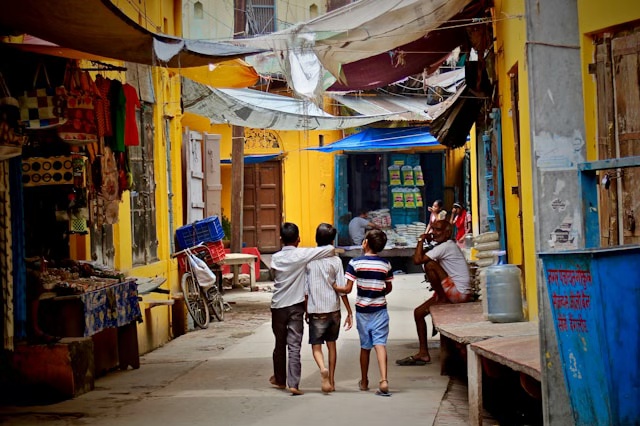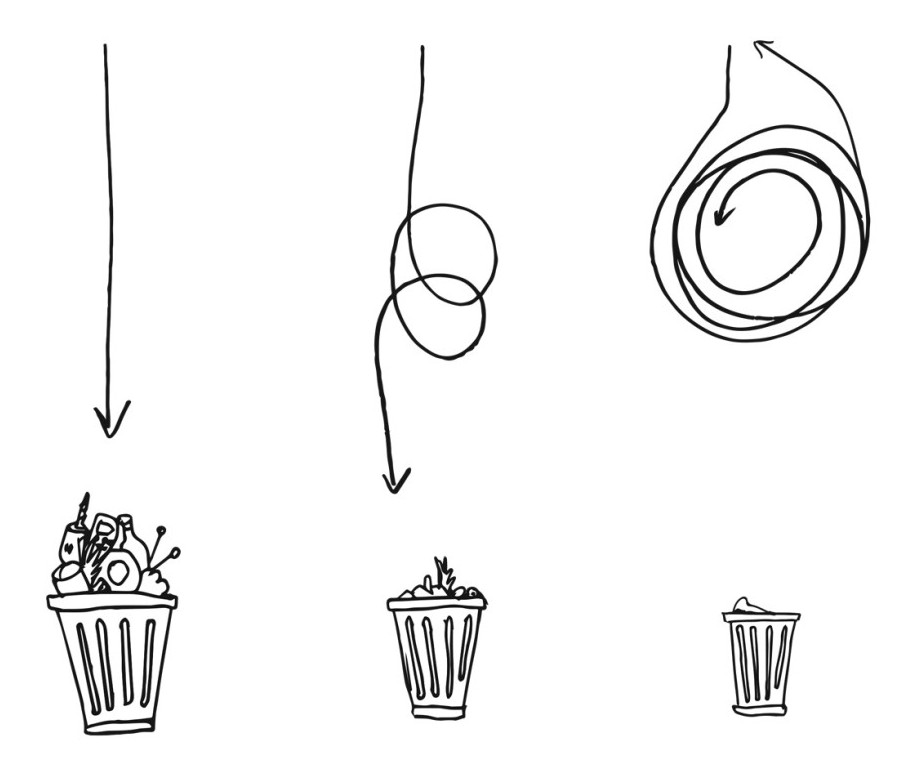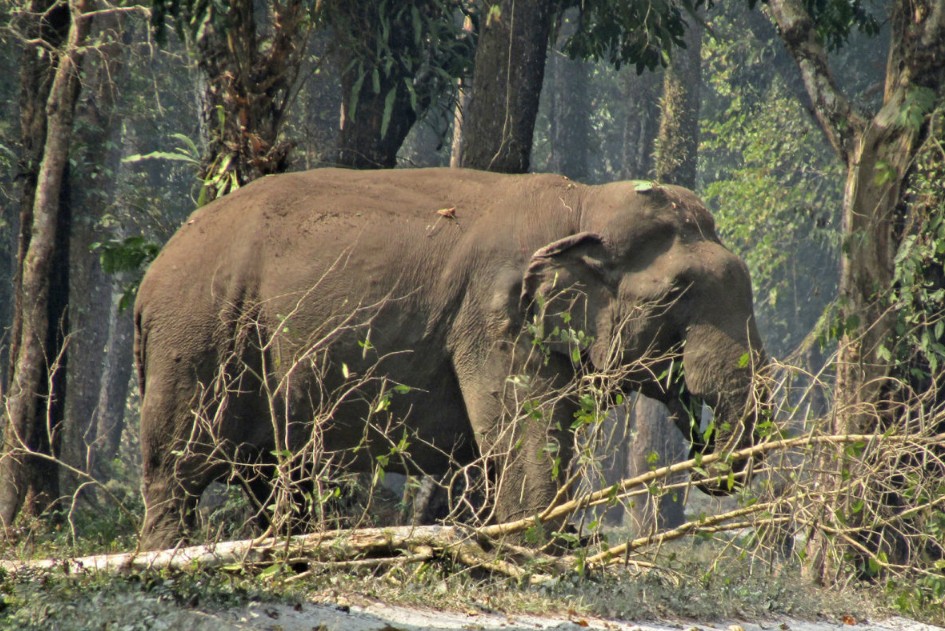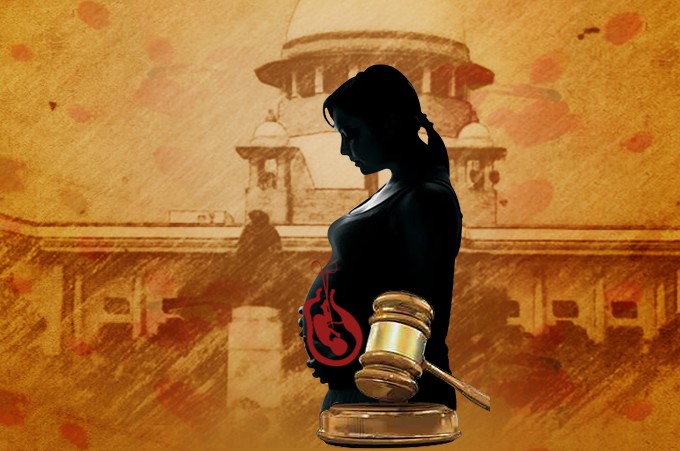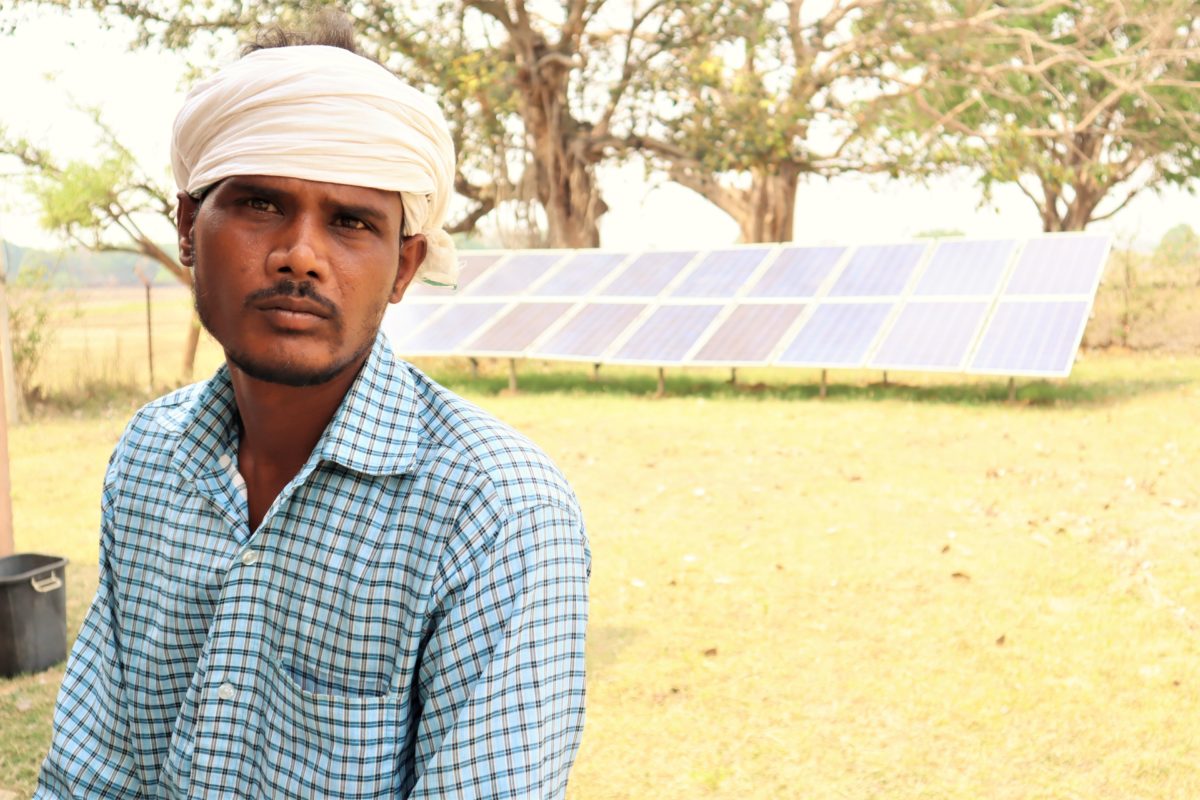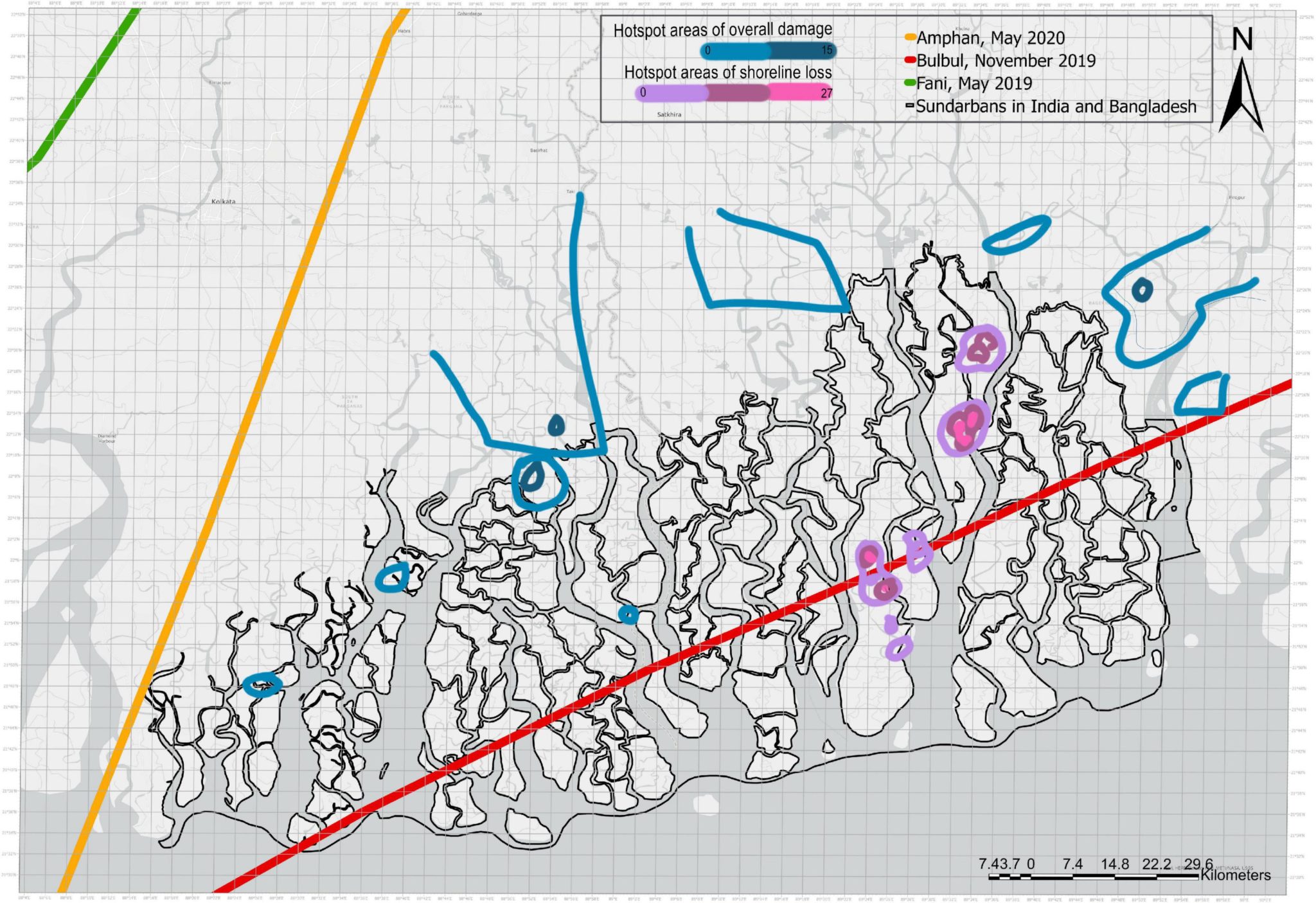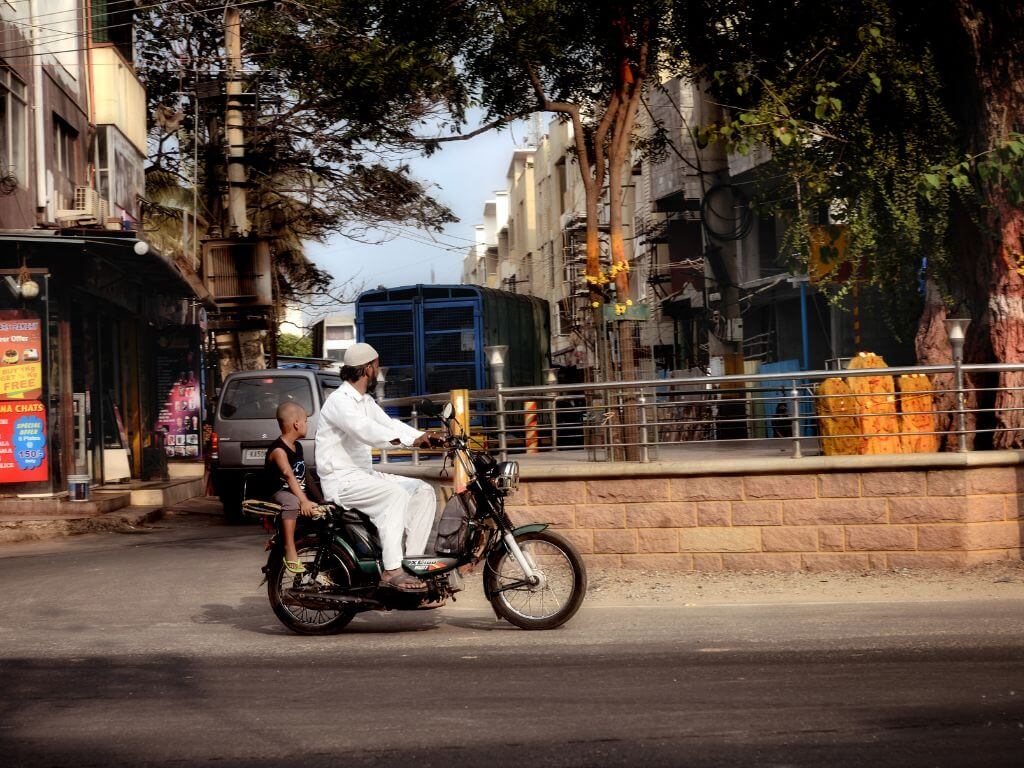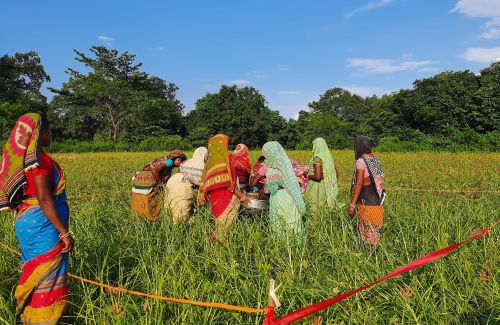Our tiny neighbour at the foot of the Himalayas is a nation that has something that we do not. Non-commercial, independent radio stations. Radio Lumbini is run by a co-operative of organizations in western Nepal broadcasting over 12 hours a day to a demography of over a million people. Radio Madanpokhara is run by the village development committee of Madanpokhara, also in western Nepal. The pioneer - Kathmandu based Radio Sagarmatha - is the country's first independent radio station founded in 1997 and has evolved into a popular public service broadcaster. Often at one hundredth of the power of commercial stations, Nepal's dozen or more community broadcasters carry plenty of public service, social-cultural, and civic programming.
In many countries, non-profit radio broadcasters thrive. They have become the platforms for the languages, voices and views of citizens and local communities that would otherwise be ignored. There are over 1000 community stations in Latin America and over 2500 non-commercial educational stations in the USA. Post-apartheid South Africa, a democracy much younger than India, is currently listening to around 100 community broadcasters. It is this wave of the radio revolution that has missed India thus far.
Fifty three years after Independence, in 2000, taxpayer-financed All India Radio remained the only major operator of over 200 radio stations in the country. The 21st century saw a handful of commercial entertainment FM stations being licensed and within a few years they ran into a viability crisis, one that persists today, driven in part by high licensing fees. New Delhi has ignored applications by several NGOs for want of clear policy. The Anna University at Chennai is the only recently licensed non-profit broadcaster. This, in a nation whose population exceeds Nepal's 40 times over.
• Broadcasting the good society
Worldwide, non-commercial broadcasting envelopes three sub-categories: educational broadcasters (most often universities), independent public service (NGO) broadcasters, and more locally focussed community (CR) broadcasters. Most CR stations are run by a core group of paid staff that may number no more than 5-10 trained individuals, but supported by volunteers, interns, and part-time experts. Grants, memberships and sponsorships are used to pay for programming and operating expenses. In general CR is so-called because a critical mass of the listening community participates in the financing and/or programming and management of the station.
Languishing for want of better radio policy in India are hundreds of government schemes, development programs and civic coordination tasks that need a low-cost, citizen-driven and local information dissemination medium that works for illiterate and semi-literate people as much as for others. In a resource strapped nation, radio fits that bill. CR policy has seen serious advocacy in India because of this potential, and in theory at least, New Delhi has acknowledged this.
Just before the Vajpayee government was unseated, there was one reason to cheer. A UNDP-sponsored meeting between citizens groups and the officials of Ministry of Broadcasting on CR policy brought out a cacophony of concerns and questions. It also led to some confidence that government was keen on giving licenses for CR. Also, earlier this year, with the nod of the former government, India's telecom regulator began looking seriously into a new phase of licensing for commercial and non-commercial FM. The structured manner in which the regulator asked for public input on non-commercial radio policy was welcome. Significant response to TRAI (including from India Together) led to the regulator's announcement of holding specific consultations on CR itself. This amplified the cheer.
But 8 weeks since the buzz, the political climate in the country has changed. The new Left-backed government has broadly made a promise of 'reforms with a human face'; whether it will let that ring on our airwaves remains to be seen. Initial indications were that the new government would go slow on TRAI's work. TRAI has not yet announced its proposed public consultations on CR. The optimism of May has since waned into a not so unfamiliar lull.
Still, the cacophony of concerns and questions that emerged in the May discussions warrant careful scrutiny, even as development groups and NGOs await New Delhi's next move. The discussion must be framed in a context that is organic to the Indian situation, but still leverages the abundance experiences from other countries.
One fundamental question for New Delhi is whether licensing policy must differentiate between non-commercial and commercial stations. Nepal has only one kind of license for both commercial and community broadcasters. But most other countries separate the two. For India, we must recognize that educational institutions and non-government organizations are already regulated separately from commercial entities. The question is how to award radio licenses to these organizations, leveraging their current place in the regulatory regime, with additional rules specific to radio.
Second, should we permanently reserve select FM frequencies for non-commercial and educational broadcasters? Again, in a country where the NGO sector as well as the tertiary educational system is well-established, licensing will likely eventually attract many takers. Reservations will ensure that as commercial FM grows, a minimum number of FM frequencies remain available for public access in every region. The United States took the long view several decades ago and it paid off.
Four, how must the government levy annual fees for non-commercial stations? The fact that commercial stations ran into a viability crisis because of high license fees is already a warning. But non-profit operations are inherently different from their commercial counterparts, regardless of radio. All cash flows into a community broadcaster may not be 'revenue', because grants, listener membership moneys, and program underwriting are in effect 'contributions' to these organizations. In the current regulatory regime such monies are classified as donations, and therefore subjecting these moneys to government revenue shares is ill-advised. Advertisements must be allowed, but inflow from these is definitively open to taxation.
Five, there is the controversial question of whether government must regulate and/or monitor content on community stations. Some officials in New Delhi fear that renegade NGOs may abuse radio, and even stir up caste conflict. This concern is entirely misplaced. Licenses are awarded to legally registered non-profit organizations, associations, and foundations. As mentioned earlier, these organizations are already regulated by law. On this question, experiences in other countries such as the United States, with track records of accessible governance, must inform our discussion. A complaints-driven grievance redressal system can allow citizens and institutions to determine what is objectionable on air and make written representations. Responsive processing of complaints, provision for hearings and dispute settlements, and unavoidable litigation on rare occasion may in effect cost less than policing and work better.
Finally, and especially in the context of rural community radio, low power FM stations must be considered as well. Discussions on this topic tend to get somewhat technical. A 100 watts FM broadcast from a 30 metre tall antenna can reach a listening audience within a 5 1/2 km radius, sufficient for most rural communities. Despite uncharacteristic restrictions in the United States that the FCC has recently asked Congress to remove, the US has over 230 low power FM stations in use. LPFM transmitter kits are today available at much lower prices than earlier, thanks to newer technology.
• Communityradionetwork.org
According to the Ministry of Information and Broadcasting, All India Radio has recently launched an offer of 50% discount on its commercial slots for community radio programming. This offer is being made available at 44 AIR stations.
The current scenario does raise the familiar spectre of the 'two steps forward, three steps back' syndrome that has shackled Indian radio broadcasting for decades. Yet, the fact remains that compelled by civil society pressure, government functionaries did take some bold steps by meeting with citizens groups and experts in May. Just one year back, even that was not thought possible.



